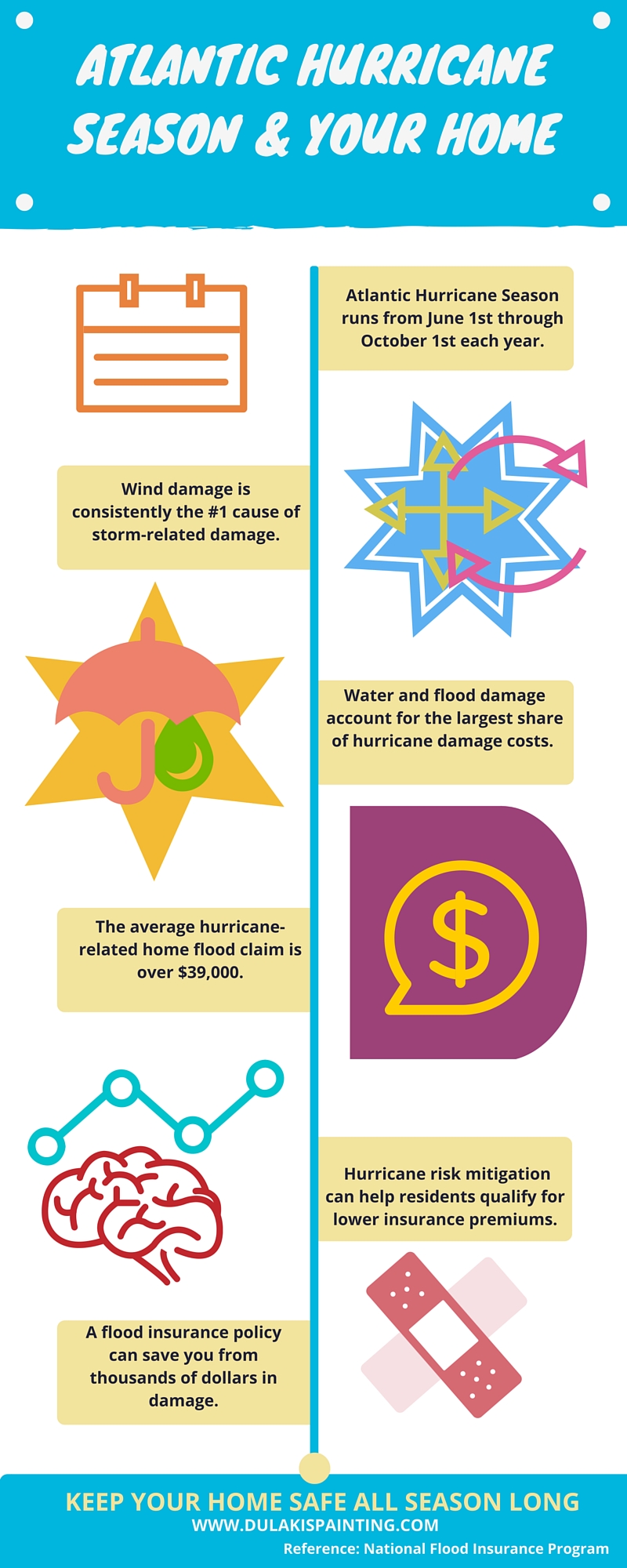Explore The Role Of Seasonal Factors In The Success Of Commercial Outside Paint And Uncover The Very Best Times To Secure Long-Term Outcomes For Your Task
Explore The Role Of Seasonal Factors In The Success Of Commercial Outside Paint And Uncover The Very Best Times To Secure Long-Term Outcomes For Your Task
Blog Article
Content Author-Fox Decker
When you're planning an industrial exterior paint job, seasonal factors can make or break your results. You'll wish to think about exactly how temperature level and moisture effect paint application and drying out times. Picking the appropriate period can guarantee your paint sticks effectively and lasts longer. However which seasons are genuinely the most effective for this sort of job? Let's explore the key elements that can impact your job's success.
The Impact of Temperature on Paint Application
When you're planning a commercial external paint project, the temperature level can dramatically affect exactly how well the paint adheres and dries out.
Ideally, you wish to paint when temperature levels range in between 50 ° F and 85 ° F. If it's also cool, the paint might not cure appropriately, bring about problems like peeling off or breaking.
On the other hand, if it's also hot, the paint can dry as well rapidly, stopping proper attachment and resulting in an irregular finish.
You should additionally take into consideration the time of day; early morning or late afternoon provides cooler temperatures, which can be much more positive.
Constantly check the producer's referrals for the specific paint you're making use of, as they typically give support on the perfect temperature level range for optimum results.
Humidity and Its Impact on Drying Times
Temperature isn't the only environmental aspect that affects your commercial outside paint project; humidity plays a substantial duty also. High moisture degrees can decrease drying out times dramatically, impacting the total quality of your paint job.
When the air is filled with dampness, the paint takes longer to cure, which can bring about concerns like inadequate adhesion and a greater risk of mold growth. If you're painting on an especially moist day, be prepared for extended delay times between layers.
have a peek here to check neighborhood weather and plan as necessary. Ideally, aim for moisture degrees in between 40% and 70% for optimal drying.
Keeping these consider mind ensures your project remains on track and provides a long lasting finish.
Best Seasons for Commercial Exterior Painting Projects
What's the most effective time of year for your commercial outside painting jobs?
Spring and early fall are normally your best options. Throughout these seasons, temperatures are light, and moisture degrees are usually lower, creating ideal problems for paint application and drying out.
Avoid summertime's intense heat, which can create paint to completely dry too rapidly, causing bad adhesion and surface. In Highly recommended Website , winter months's cool temperature levels can prevent proper drying and curing, running the risk of the long life of your paint task.
Aim for days with temperature levels between 50 ° F and 85 ° F for optimum results. Remember to check the neighborhood weather report for rain, as wet problems can destroy your task.
Preparation around these variables guarantees your paint project runs efficiently and lasts longer.
Conclusion
Finally, intending your business exterior paint jobs around seasonal considerations can make a significant difference in the end result. By scheduling work throughout the optimal temperatures and moisture levels, you'll make sure better attachment and drying times. Bear in mind to watch on local weather report and select the correct time of year-- spring and early loss are your best options. Taking these actions will aid you achieve a durable and specialist coating that lasts.
